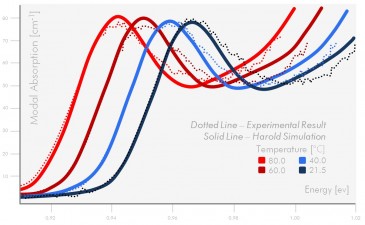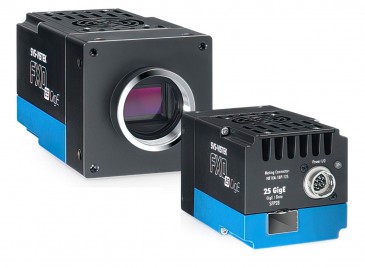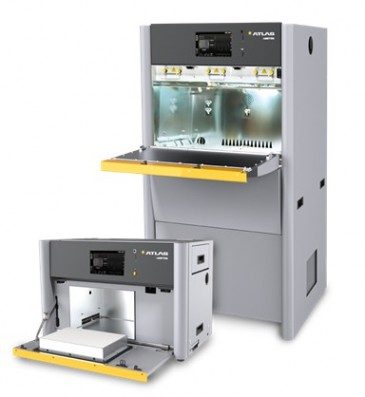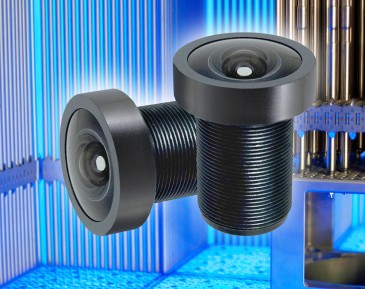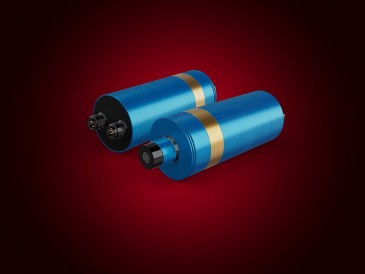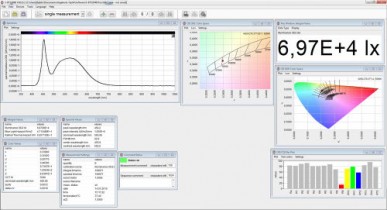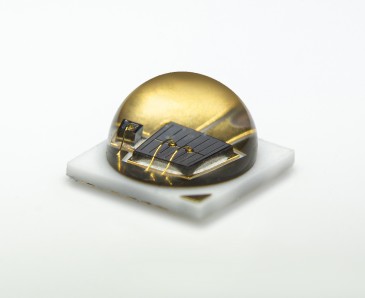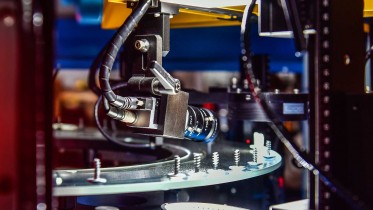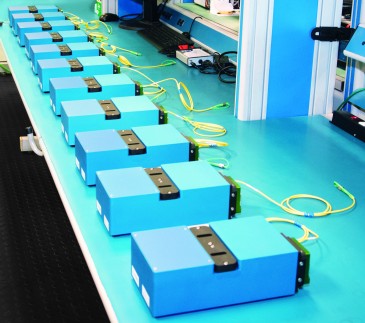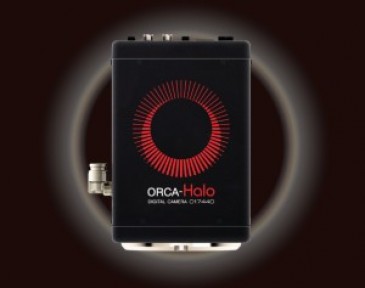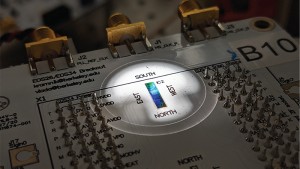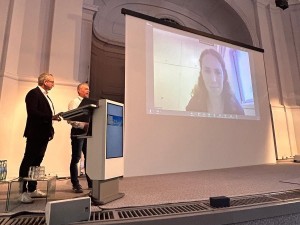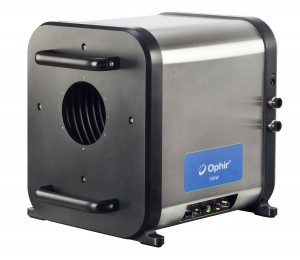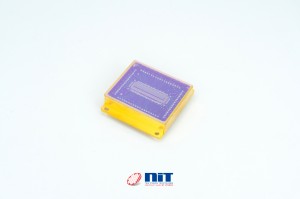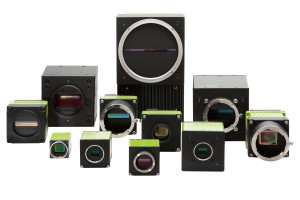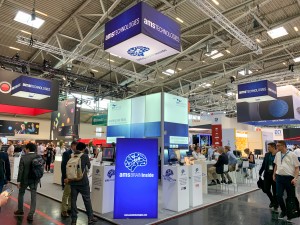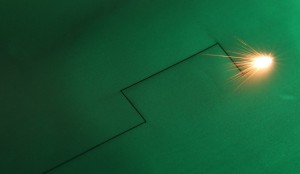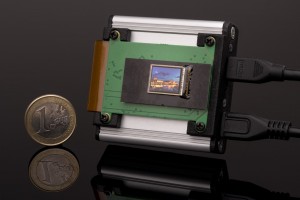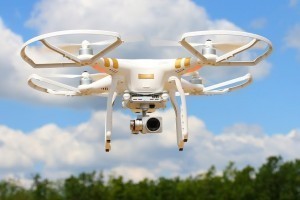
The global hyperspectral imaging market is expected to reach $129.6 million by 2025. Over the past few years, incorporation of engineered materials, including multicore optical fiber, have played a crucial role in the inclusion of advanced instrumentation capabilities and reduction in the cost of ownership. This trend is projected to add to the demand of hyperspectral imaging as a key tool for providing extensive information to buyers in remote sensing, manufacturing, astronomy and surveillance industries.
Technological advancements have led to the development of surveillance cameras and related devices. Cost reduction in the IT sector, growing demand for big data analysis, and management of centralized data are expected to positively impact the market of video surveillance. Therefore, the technological advancements and increasing application of video surveillance in various segments, including retail and manufacturing sectors, is projected to increase the utility of hyperspectral devices in the near future.
Over the past few years, the utility of hyperspectral imaging in medium and low altitude UAVs has grown significantly and is expected to expand the market considerably over the coming years. Furthermore, the commercial off-the-shelf (COTS) sensors are very useful for spectral tagging, checkpoint inspections and border control. It is also a cost-effective solution for detecting metal corrosion and metal fatigue on aircrafts and naval vessels.
Hyperspectral remote sensing technology is also known as imaging spectroscopy. It has gained importance in multiple fields, including minerals and material identification, vegetation mapping and scientific researches. The materials are detected through signal-to-noise ratio, spectral coverage and spectral resolution. Remote sensing technology was started as mineral and soil detection tool in the field of geology.
In the past few years, the application of remote sensing has expanded with the advancement of technology. Hyperspectral imaging systems are used in defense, life science, remote sensing and optical sorting sectors. It also enables to check the coastal water quality and estimation of eutrophication. In the agricultural sector, it is used for plant health monitoring, weed identification, soil detection and ripeness evaluation.
Hyperspectral imaging coupled with spatial pattern recognition algorithm enables soil pattern detection, contaminants detection, defect identification in the manufacturing process and coating condition assessment. A hyperspectral machine vision system is preferred for quality control processes, including automated commodity sorting and picking. It provides more accurate and faster results than the conventional machine vision system. As machine vision is an important tool for sectors including food and beverage, pharmaceutical and chemicals, the utility of hyperspectral imaging in all these sectors is increasing. In addition, hyperspectral imaging is an important tool for analyzing the topography of waste materials including, metal, plastic and paper.
Full research report: "Hyperspectral Imaging Market Size And Forecast, By Product (Visible/Near-Infrared (VNIR), Short-Wave Infrared (SWIR), Mid-Wave Infrared (MWIR), Long-Wave Infrared (LWIR)), By Application And Trend Analysis, 2015–2025.”
Some of the key manufacturers include Headwall Photonics, Corning, Specim Spectral Imaging, Resonon, Telops, Norsk Elektro Optikk, BaySpec and Imec. New product launches and business partnerships with key distributors are projected to remain critical success factors in the near future. In June 2018, Headwall Photonics introduced advanced sensor payloads consisting of lidar and hyperspectral sensors for deployment on unmanned aerial vehicle (UAV) platforms.
The launch enabled the company to provide solutions for critical remote sensing applications for both civil and military infrastructure inspection. On similar lines, in April 2018, Telops announced the partnership with a distributer, Infrared Imaging, with the view to strengthen its position in the US market.






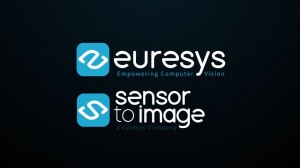














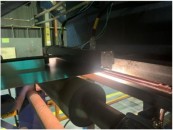

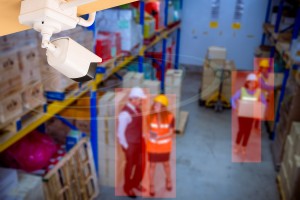



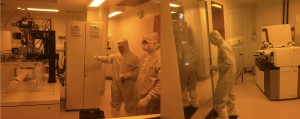
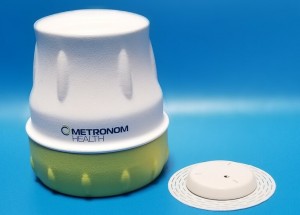
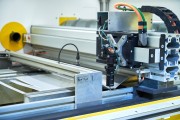



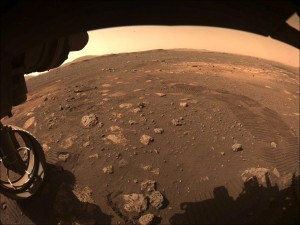
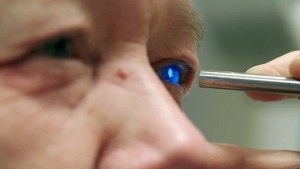
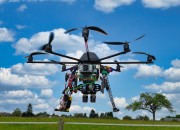
 Back to News
Back to News